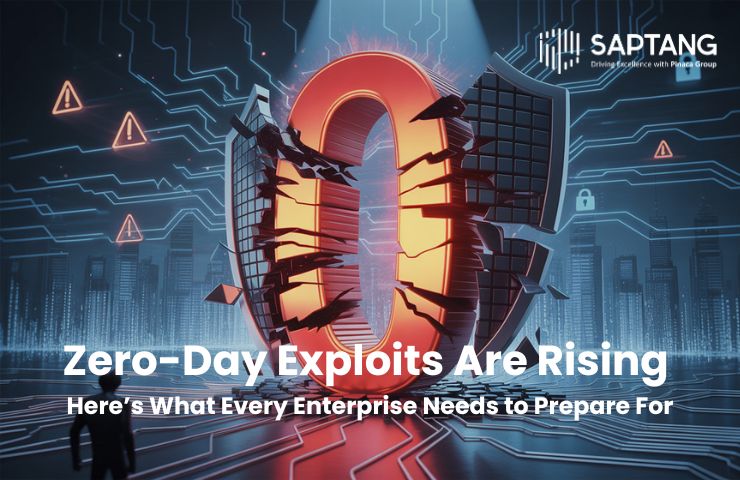
Just a few years ago, zero-day exploits were seen as rare, high-level threats. Today, they’re becoming more frequent, and more dangerous. The term “zero-day” refers to a security flaw that’s exploited by attackers before the software vendor even knows it exists. That means zero days to patch, zero days to defend, and often, zero visibility into the breach until it’s too late.
The surge in zero-day exploits isn’t just a coincidence. Attackers are getting faster, stealthier, and more sophisticated. Here’s why this trend is accelerating:
In the past year alone, zero-day attacks have been linked to data breaches in major banks, critical infrastructure outages, and unauthorized access to government networks. For example:
For enterprises that handle sensitive information, especially those in healthcare, finance, law enforcement, or national infrastructure, the consequences can be catastrophic.
The good news? While you can’t always prevent a zero-day from surfacing, you can build your security posture to withstand one. Here’s what we at Saptang Labs recommend:
Don’t assume trust based on location or identity. Zero trust means every access request is verified, monitored, and limited to the minimum necessary. Even if a zero-day breach occurs, this approach helps to contain the blast radius.
Up-to-date threat intelligence helps you stay ahead of what’s happening in the wild. This includes monitoring emerging exploit chatter on dark web forums and identifying potential early indicators of compromise.
Sophisticated EDR systems can detect unusual behavior, even when the exploit itself is new. Look for tools that use behavioral analysis rather than static signature-based detection.
Simulate attacks to see where you’re most vulnerable. Red teaming, combined with ongoing vulnerability assessments, can expose weak points before attackers do.
Yes, patches are still critical. But you need to go beyond just updating software. Implement a system that categorizes vulnerabilities by risk and ensures critical fixes are rolled out rapidly.
Zero-day or not, having a solid response plan minimizes damage. Backups should be immutable and frequently tested. Your response team should know exactly what to do when an alert hits.
At Saptang Labs, we help enterprises stay ahead of threats that evolve faster than ever. Our threat monitoring and intelligence platforms are tailored for high-risk industries that can’t afford to be reactive.
We’ve seen firsthand how organizations can turn zero-day incidents into manageable events, not disasters with the right strategy, tools, and mindset. It’s not about creating an impenetrable wall. It’s about creating a system that sees, responds, and recovers fast.
Zero-day exploits are no longer just headlines; they’re reality. The question is not if your enterprise will face one, but when. Preparing for that moment is no longer optional. It’s a business imperative.
This isn’t about fear. It’s about readiness. The enterprises that win in the age of advanced threats are the ones that accept the landscape for what it is and invest in resilience, visibility, and speed.
You may find this also helpful: AI in Cybersecurity: Helping or Hurting?